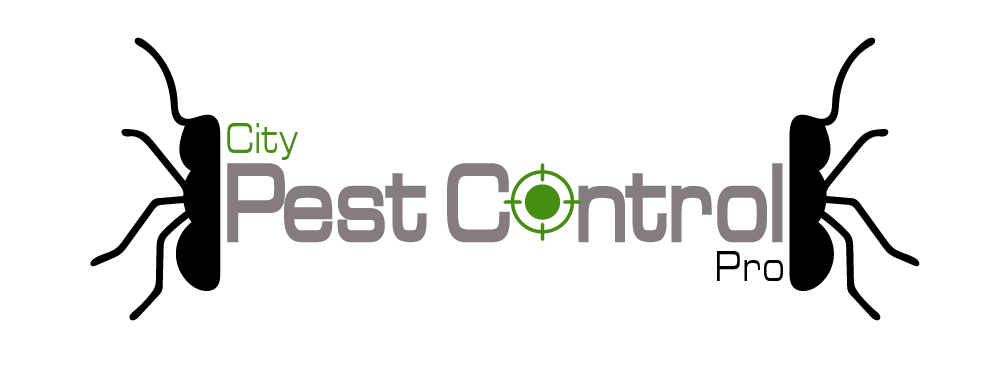Swimming pools that are poorly maintained can serve as an ideal breeding ground for mosquitoes and algae. Mosquitoes thrive in humid conditions, especially on stagnant water, making swimming pools a prime breeding area for these bugs. Apart from their itchy bites and annoying buzz, these bugs can transmit deadly diseases like malaria and dengue fever. This piece walks you through the best practices on how to get rid of mosquito larvae in swimming pool water.
Can You Swim In A Pool With Mosquito Larvae
A mosquito’s life cycle comprises four stages, namely egg, larvae, pupa, and adult. Pools with stagnant water provide a good surface for these bugs to lay their eggs. Soon after, these eggs hatch and transition into the larvae stage, which lasts about a week or two. Mosquitoes can multiply quickly due to their short life cycle and incredible egg-laying abilities of up to 400 eggs per female. These larvae can completely take over your pool in no time, hence the need to keep infestations under control.
How to eradicate mosquito larvae infestations in your pool
- Improve water flow to prevent stagnation
Mosquitoes love stagnant water. Homeowners should ensure swimming pool water circulates regularly. You can do this by running your water pump a few times a day to deter mosquitos from landing and laying eggs. Secondly, keep your pool free from any floating items such as leaves and debris.
- Use pool covers
Another suitable alternative is to use pool covers to prevent mosquitoes and other bugs from landing on your pool. During installation, ensure the pool screen is tightly sealed on all edges.
- Use mosquito repelling agents
Chlorine, mosquito dunks, and granite bits are examples of products that you can use to control mosquito larvae infestations effectively. However, one should use these chemicals with caution to prevent harmful side effects to other pool users.
Lastly, keeping your garden and lawn areas tidy significantly reduces mosquito problems. Make sure to trim overgrown grass and shrubs as these can also serve as breeding grounds for these bugs.
